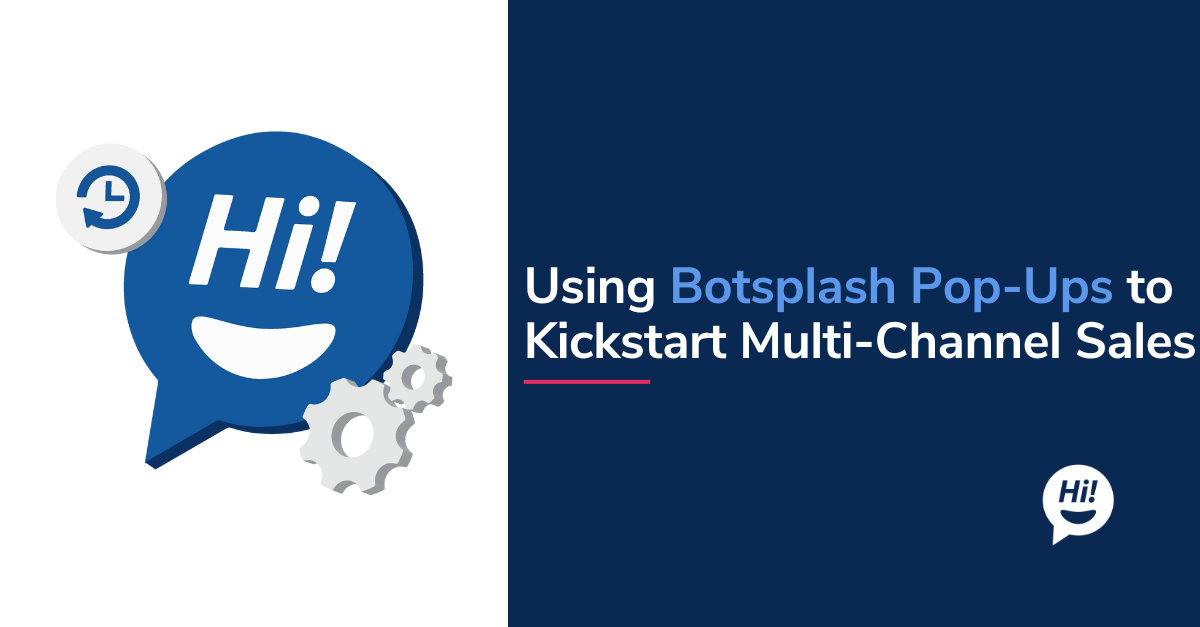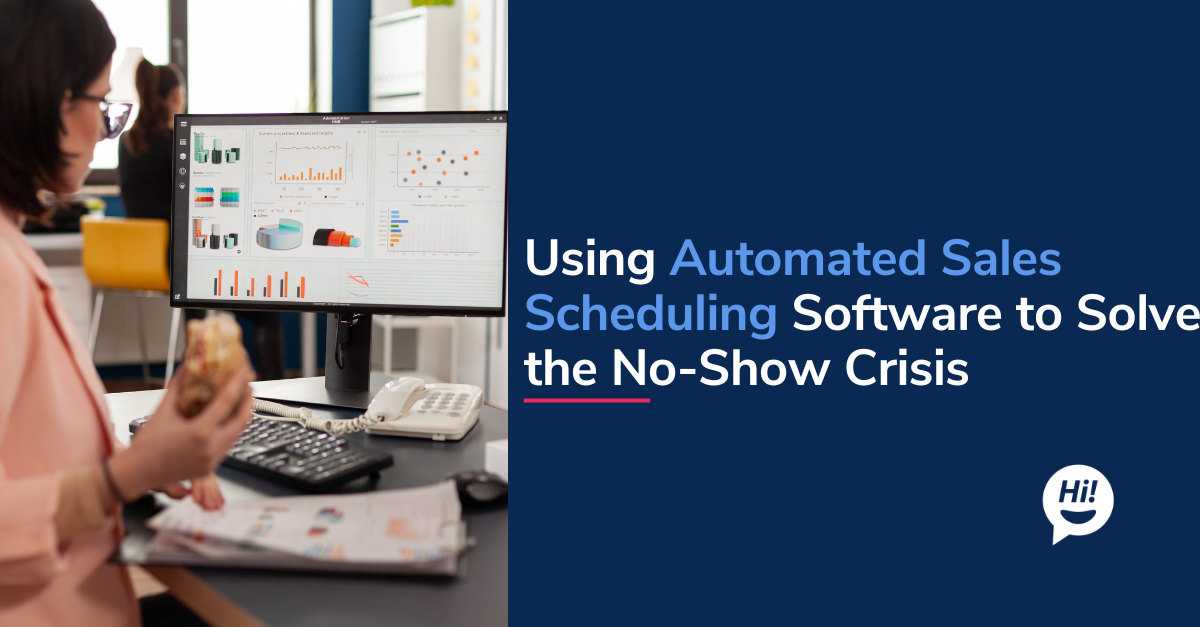Return on Investment (ROI) is a fundamental metric for businesses seeking to justify expenditures and maximize returns. It measures an investment's efficiency and profitability. Understanding ROI is crucial for allocating resources effectively and making data-driven decisions.
Canned messages are pre-written text templates used to automate responses to common customer inquiries. They can improve customer support operations' efficiency, consistency, and customer satisfaction. By streamlining interactions and freeing up agent time, canned messages have the potential to impact a business's bottom line positively.
The following sections will delve into how to measure the ROI of canned messages, providing actionable insights to optimize their use and demonstrate their value to the organization.
Understanding the Importance of Measuring ROI
Securing budget and resources for customer service initiatives can be challenging. Decision-makers often demand concrete evidence of an investment's value before approving expenditures. This is where measuring ROI becomes crucial. By quantifying the return on investment for customer service tools like canned messages, businesses can build a compelling case for continued support and potential expansion.
Measuring ROI is not merely justifying past expenses; it's a strategic tool for optimizing future investments. Businesses can make data-driven decisions to improve customer experience, increase efficiency, and drive revenue growth by analyzing performance data.
The most basic formula for calculating ROI is:
ROI = (Net Profit / Cost of Investment) * 100
- Net Profit: This is the investment's total revenue minus the total costs incurred.
- Cost of Investment: This includes all expenses associated with implementing the canned message system, such as software, hardware, development, and employee training.
Breaking Down the Components of ROI Calculation
It's essential to break down the net profit and investment cost components to calculate the ROI of canned messages more accurately.
Net Profit
- Revenue Increase: This can be attributed to increased sales, upselling, or cross-selling opportunities facilitated by improved customer satisfaction through canned messages.
- Cost Savings: This includes reductions in labor costs due to increased agent efficiency, decreased training time, and lower turnover rates.
Cost of Investment
- Software and Hardware: Costs associated with purchasing or leasing canned message software and any necessary hardware.
- Development and Implementation: Expenses for developing and implementing the canned message system.
- Employee Training: Costs related to training employees on how to use and maintain the system.
- Ongoing Costs: Expenses for maintaining the system, such as software licenses, updates, and support.

Key Metrics to Track for ROI of Canned Messages
Several key performance indicators (KPIs) must be tracked and analyzed to accurately measure the ROI of canned messages. These metrics provide insights into customer satisfaction, agent efficiency, and overall business impact.
- Customer Satisfaction (CSAT): This metric measures customer satisfaction with interactions. High CSAT scores indicate effective canned messages that address customer needs.
- Customer Effort Score (CES): CES evaluates how easily customers can resolve their issues. Lower CES scores suggest that canned messages are simplifying the customer journey.
- First Contact Resolution (FCR): This metric measures the percentage of customer issues resolved on the first interaction. Higher FCR rates indicate efficient canned messages.
- Average Handle Time (AHT): AHT calculates the average time spent on customer interactions. Reduced AHT signifies time savings through canned message utilization.
- Ticket Volume: Monitoring ticket volume helps assess the impact of canned messages on the overall support workload.
- Agent Satisfaction: Happy agents are more productive. Tracking agent satisfaction reveals how canned messages influence their job satisfaction.
- Sales Conversion Rates: While less direct, analyzing sales data can uncover correlations between effective canned messages and increased conversions.
By carefully calculating these components and considering their interrelationships, businesses can understand the financial impact of their canned message investment.
Challenges and Considerations
Measuring the ROI of canned responses is challenging. Several factors can impact the accuracy and reliability of ROI calculations.
- Data Accuracy and Consistency: It is crucial to ensure data is collected consistently and accurately across different systems and departments. Inconsistent or incomplete data can lead to misleading ROI calculations.
- Attributing Impact to Canned Messages: It can be difficult to isolate the specific impact of canned messages from other factors influencing business performance. Other variables, such as overall market conditions or changes in customer behavior, may also impact the results.
- Long-Term Perspective: The full impact of canned messages may be absent in the short term. When measuring ROI, it's essential to consider the long-term benefits, such as improved customer loyalty and increased revenue.
To overcome these challenges, businesses should:
- Implement robust data management practices: Ensure data is clean, accurate, and accessible.
- Conduct A/B testing: Compare the performance of customer interactions with and without canned messages to isolate their impact.
- Consider multiple metrics: Use a variety of metrics to gain a comprehensive understanding of canned message performance.
- Take a long-term view: Monitor ROI over time to assess the cumulative impact of canned messages.
- Involve stakeholders: Collaborate with different departments to gather insights and improve data accuracy.
By addressing these challenges and implementing effective strategies, businesses can enhance the accuracy and reliability of their ROI calculations for canned messages.

Best Practices for Measuring ROI of Canned Messages
To effectively measure the ROI of canned messages, businesses should adopt these best practices:
- Recommend data collection and analysis tools: To gather and analyze relevant data, utilize CRM systems, customer support software, and analytics platforms. Consider investing in specialized ROI measurement tools to streamline the process.
- Suggest methods for tracking canned message usage: Implement tracking mechanisms to monitor the frequency of canned message use, which messages are used most often, and by which agents. This data provides insights into message effectiveness and areas for improvement.
- Emphasize the importance of setting clear goals and benchmarks: Establish specific, measurable, achievable, relevant, and time-bound (SMART) goals for canned message performance. Use these goals to set benchmarks and track progress.
- Highlight the value of continuous monitoring and improvement: Review ROI metrics regularly and analyze performance trends. Identify areas for improvement, experiment with different canned message variations, and refine the strategy based on data-driven insights.
By following these best practices, businesses can optimize their canned message strategy, maximize ROI, and deliver exceptional customer experiences.
Note: Check out some popular canned responses that can save you some time!
Conclusion
Measuring the ROI of canned messages is essential for demonstrating their value to the business and optimizing their performance. By tracking key metrics, calculating cost savings and revenue increases, and addressing potential challenges, companies can gain valuable insights into the impact of canned messages on customer satisfaction and overall business outcomes.
Reiterating the importance of data-driven decision-making, it's crucial to continuously monitor and analyze ROI to ensure that canned messages remain effective and aligned with business objectives. By implementing the strategies outlined in this blog, businesses can unlock the full potential of canned messages and drive significant improvements in customer experience and operational efficiency.
If you're still wondering how to implement canned responses effectively, feel free to contact us and schedule a demo.
To learn more about Botsplash click the button below to schedule a demo with our team.









